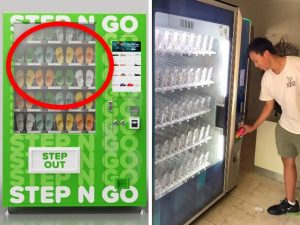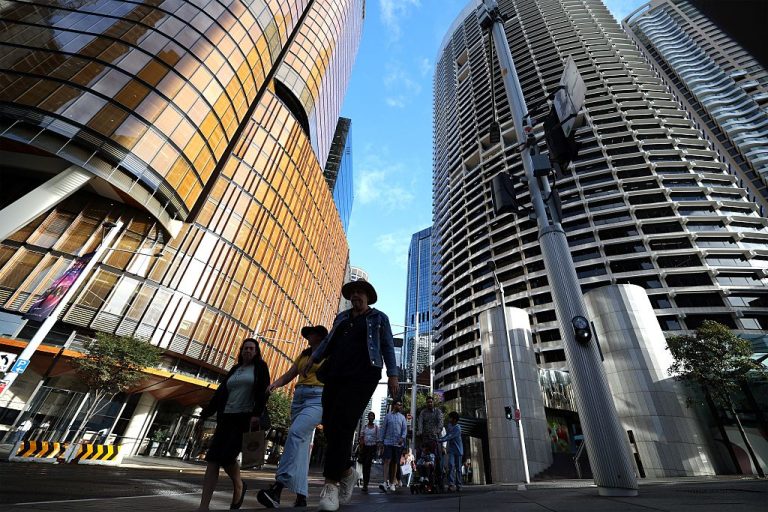CBD fears as offices sit empty for longer

Australian workers have slowed the pace at which they are returning to offices due to lingering fears about the coronavirus pandemic and the take-up of work-from-home.
In worrying trends for landlords and city businesses, less than half space in Sydney was occupied by the end of last month and Melbourne went backwards to under a quarter, with some other capitals also hit by reversals.
The recovery of central business districts was also blown off course by snap lockdowns last month, which partly drove the deceleration in the rate of workers returning to their offices.
Governments and companies have unveiled a wide range of initiatives to bring cities back to life but a slow return to the office marked by persistently low occupancy could crimp those plans.
Corporate Australia had been hoping for a lift ahead of a wider vaccine rollout and an extended return to offices could hamper longer term productivity and innovation, as well as leaving the country’s most expensive buildings underused.
There was little growth in the number of workers returning to offices in February across most Australian CBDs, according to the Property Council of Australia’s latest office occupancy survey.
Victoria had a snap five-day lockdown and Perth and parts of WA’s southwest were also shuttered for five days, which hit business planning and prompted fears of a bumpy stop-start recovery.
Melbourne and Perth CBDs both had less workers at the end of February than they had at the end of January. Melbourne’s CBD recorded only 24% occupancy in the final week of February.
Sydney’s CBD experienced the strongest growth last month with 48 %occupancy recorded, up from 45% in the final week of January.
Property Council chief executive Ken Morrison said there was a long way to go to fully reactivate Australia’s commercial centres.
“It is clear that snap lockdowns have had an impact on CBD workers’ ability return to their offices and their confidence to do so,” he said.
“While we’re all expecting to see more people working from home as part of the new post-COVID normal, thriving CBDs will be critical to Australia’s economic recovery,” he said.
City businesses and malls have been under the pump as foot traffic has lagged but the concerns are also rising about the longer term absence of economic activity generated in CBDs.
Mr Morrison called on governments, employers, and the property industry to unite over coming months to boost office occupancy levels.
“There is an economic imperative for all stakeholders to instigate policies and initiatives that will ensure our CBDs return to full activity as quickly as possible,” Mr Morrison said.
The PCA study has borne out the desire among office workers for more time at home, with its survey finding that worker preferences for greater flexibility were the main barrier to achieving full occupancy. Government lockdowns and public health restrictions were major factors.
But recent changes to space rules, such as Victorian workplaces returning to 75 % capacity, mean a growing number of companies expect to see a lift in occupancy levels in the next two months.
The ending of mandatory masks alongside the increase in capacity removed the two biggest barriers to people coming back to the office in Melbourne, the Property Council said.
Low occupancy rates have yet to really hit major landlords as building leases are struck for longer period, although some companies have switched to shorter terms as they work out what to do in the wake of the pandemic.
Credit Suisse analysts Peter Zuk and Daniel Downes said that most of the large office landlords indicated during reporting season that they held expectations that market vacancy levels would rise and effective rents would decline in Sydney and Melbourne.
They said rents did not reset at once and it would take some time for new levels to cycle through portfolios. But they noted “unknowns” included the potential for smaller tenants to vacate their premises due to challenging economic conditions and how much space larger tenants would hand back in light of work-from-home arrangements.
In a positive sign, Roy Morgan research showed a sharp jump in public transport use with more than 7.8 million Australians using public transport during the December quarter, well above the previous quarter at just 6.9 million, when restrictions affected Melbourne and Sydney.
Roy Morgan CEO Michele Levine said as COVID-19 vaccines were rolled out over next few months the expectation was that restrictions would be fully lifted later this year and 100% of workers would be allowed to return to the office if they wish to do so.
“However, despite the return to the office of many workers already the experience of 2020 shows many people are able to work well from home which suggests not all workers will in fact return to the office,” Ms Levine said, noting ongoing worries about new strains of COVID-19 emerging.
This article first appeared on www.theaustralian.com.au.







